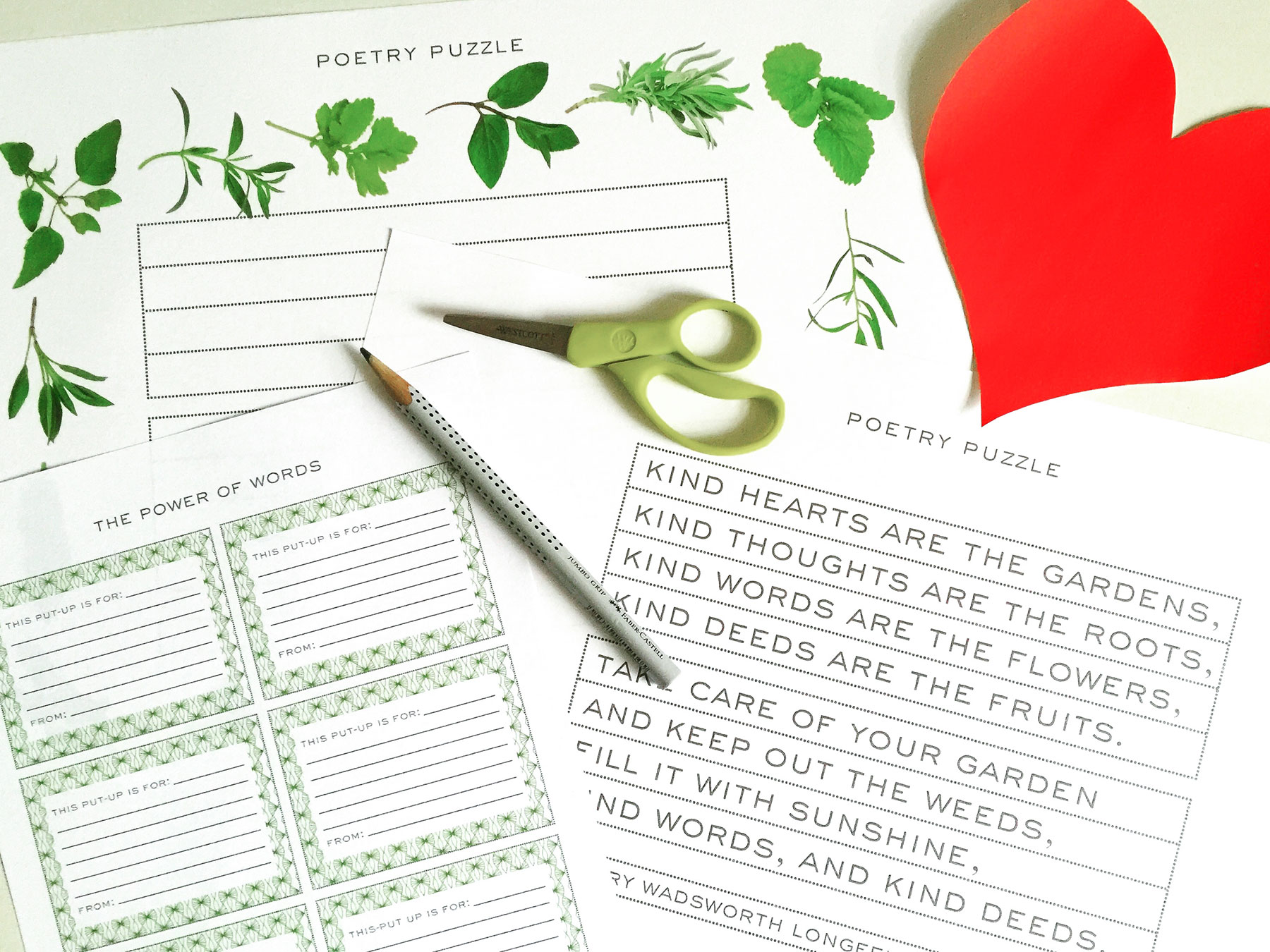Teaching Children Kindness
Description
If I could choose two phrases that would be introduced into every household and school across the land, it would be “put-ups” and “put-downs.” These are two of the most powerful concepts I have ever taught in the classroom or to my own children. Equipping young children with a deep understanding of these terms gives them the ability to communicate feelings, which may have seemed almost intangible before. The language of put-ups and put-downs provides children with the skills needed for them to speak up for themselves as well as to stand up for others.
Simply stated, “put-downs” are words or actions that make people feel bad, and “put-ups” are words or actions that make people feel good. It is a simple concept to teach, and the impact can be profound. Ask your child to brainstorm real-life examples of both put-ups and put-downs. Next, invite them to spread the kindness by using a put-up paper to write put-ups to friends and loved ones.
Once you have the concept of put-ups and put-downs, you enjoy our kindness poetry puzzle! Poetry is a wonderful way to explore a variety of different abstract concepts such as, kindness. In the lesson below, children will use the example of a poem by Henry Wadsworth Longfellow to see how he used nature as a metaphor for kindness. This poetry puzzle format offers so many opportunities for strengthening early literacy skills such as sequencing, letter and word recognition, and reading withe fluency and expression.
Materials
- Printables
- Pencil or Pens
- Scissors
- Glue
More to Explore
Begin to incorporate the words “put-ups” and “put-downs” into your daily conversations. Point out when you hear someone giving a put-down and brainstorm ways of saying the same thing differently so that it does not feel so negative. On the same note, point out the “put-ups” that you hear your children giving or receiving. You will be amazed at how quickly children begin to integrate this concept into their hearts and minds.
Books to Inspire
- One by Kathryn Otoshi
- Chrysanthemum by Kevin Henkes
- The 100 Dresses by Eleanor Estes
- How Full Is Your Bucket? For Kids by Tom Rath and Mary Reckmeyer

